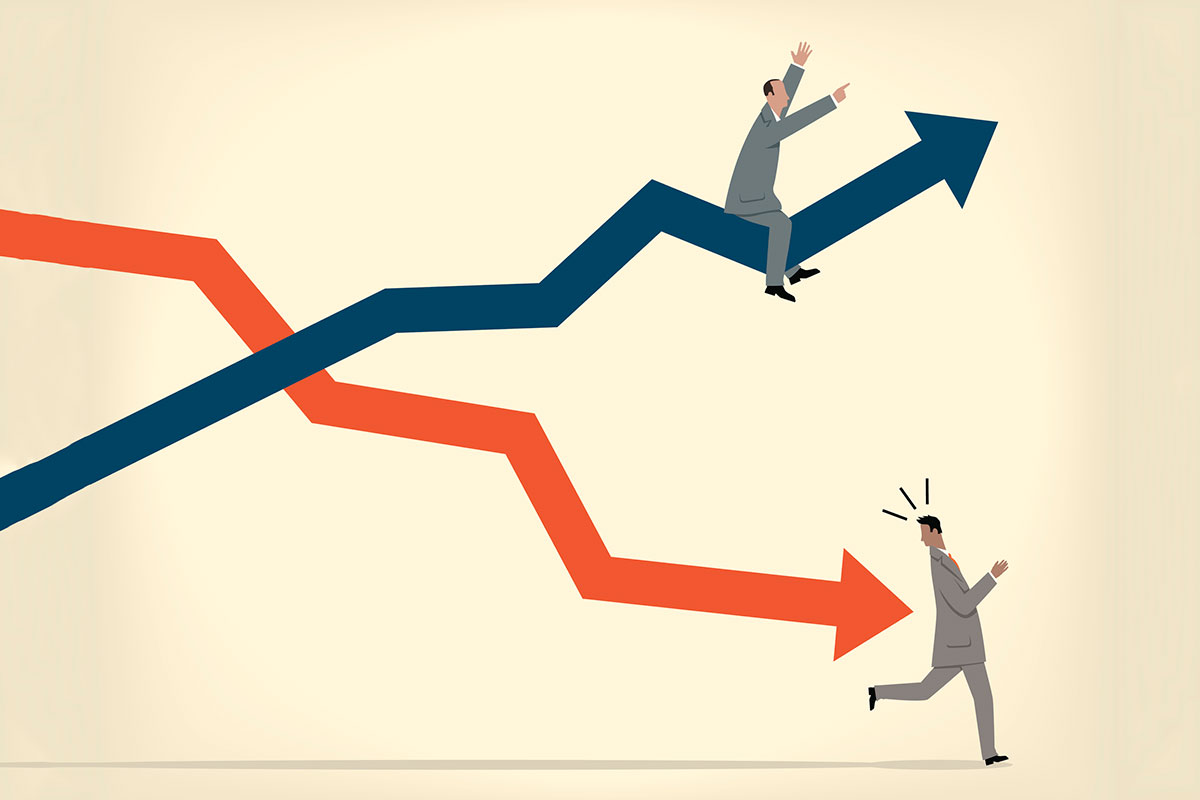
The Phillips curve is a longstanding tool for central banks, economists and investment strategists to plot the course of the economy. The thesis: When inflation rises, unemployment falls, and vice versa. Trouble is, that simple trade-off hasn’t worked for some time.
Right now, unemployment is low, at 3.8%, around where it has been for the past decade, aside from a brief spike when the pandemic hit in early 2020. The long-term Consumer Price Index, which temporarily jumped as high as 9.1% in mid-2022, has since moderated to back to 3.2%, as of August.
To critics, the central conceit of the Phillips curve is that “job loss and bankruptcy are the cures for inflation,” wrote John Tamny, president of the newly founded Libertarian-leaning Parkview Institute, a research group, in a commentary. Some investors fear that the Federal Reserve has gone too far in its tightening campaign and risks creating an economic downturn.
But “the Phillips curve is not broken,” according to Peter Berezin, chief global strategist and research director at BCA Research, although it has changed. The relationship between inflation and unemployment “has become nonlinear,” he says in an interview, a much less direct relationship than in the past.
Why? The economic environment has changed since 1958, when economist A.W. Phillips introduced the concept in an academic paper reviewing U.K. unemployment and wages from 1861-1957. A big difference between today and the past, Berezin argues, is that “the Federal Reserve has more credibility.”
So the Fed’s rate increases have been a judicious force that has tempered economic growth and inflation without spawning painful joblessness. Berezin calls the result “benign disinflation,” which he suspects “can continue.”
To be sure, Berezin believes that “eventually we will have a recession,” and he points to 2024 as when current conventional wisdom has the downturn beginning. It also is possible that the Fed could cut rates prematurely and thus encourage higher inflation, he admits. Plus, he notes that federal spending is very high nowadays, which could prove an inflation risk. Yet “that is not my base case,” he says.
Related Stories:
What Will Fed’s Reaction Be to Sharp Inflation Fall?
How Realistic Is Getting Inflation Back to Near 2%?
Inverted Yield Curve Nears Its First Birthday—and There’s No Recession
Tags: A.W. Phillips, BCa Research, Economic Growth, Federal Reserve, Inflation, Pandemic, Peter Berezin, Phillips Curve, Unemployment
